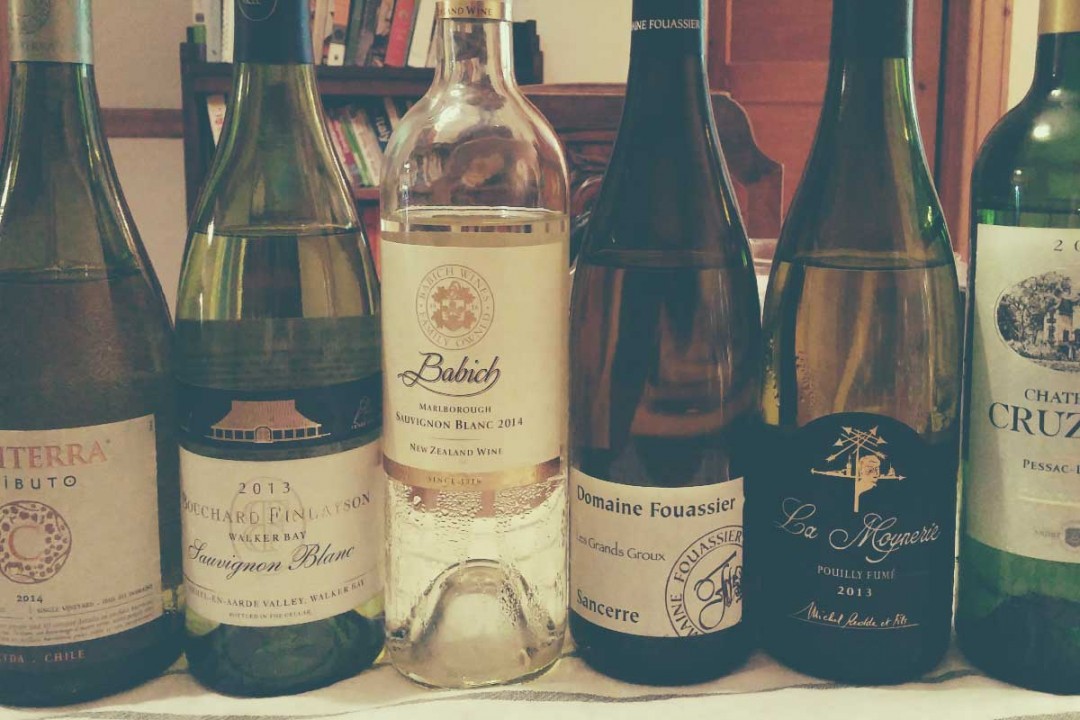Photo Credit: Swartland vineyards, Wines of South Africa
In part 2 of my South Africa series, I look at some of the exciting Western Cape wine growing districts and wine producers cropping up on our liquor board shelfs. Click here for a map of the Cape winelands (courtesy of Wines of South Africa).
The majority of South Africa’s vineyards are situated in the Western Cape, in proximity to the coast whose cooling influence tempers the otherwise baking hot growing season. This results in good acid retention and balanced wines. Value priced offerings will often be labeled under this large, generic region or the sub-zone of the Coastal Region. These wines can be blended from across their delimited territories.
Smaller sub-divisions (named districts and wards) exist when we move up the ladder to mid-range and premium priced wines. Within these smaller vineyard areas, more specific styles emerge. The following are just a handful of the most exciting, high quality districts that we are starting to see in regular rotation here:
ELGIN: Attractively aromatic whites and vibrant light reds flourish here due to the combined cooling influence of southerly winds and moderate elevation (350 metres above sea level). Elgin lies in a basin of the Hottentots-Holland Mountains, south-east of Stellenbosch.
Chardonnay, Riesling and Sauvignon Blanc make up the bulk of white wine production, while Pinot Noir and Syrah account for much of the red wine. Paul Cluver is an excellent, mid-sized Elgin producer making consistently high quality, good value whites and reds.
STELLENBOSCH: Likely the best-known district of the Cape Winelands, wine production in Stellenbosch dates back to the 17th century. Less than one hour’s drive due east of Cape Town, the terrain here is mountainous with sufficient rainfall and well-drained soils. While a wide diversity of soil types and mesoclimates exist (owing to the varying exposition and altitude of plantings), many of the most prized vineyard sites lie on ancient decomposed granite or sandstone beds. The climate is generally hot and dry, with cooling afternoon breezes from the south-east.
Cabernet Sauvignon is king here, though Pinotage, Syrah, Chenin Blanc and Sauvignon Blanc are also produced in abundance. Over 170 wine producers call Stellenbosch home, and trade continues to flourish. Among the many excellent wineries, Rustenberg, Glenelly, Vergelegen produces good, mid-range to premium priced Bordeaux Blends, Waterkloof for fantastic, biodynamic Rhône style blends and Ken Forrester for clean, consistent, good value old vine Chenin Blanc and Sauvignon Blanc.
SWARTLAND: Traditionally a wheat-producing region, the Swartland (65km north of Cape Town) has been making waves on the international wine scene in recent years as the hot, new growing region of South Africa. Hot is indeed an apt descriptor, as well as dry, making hardy, drought resistant bush vines a common occurrence. The dominant soil type is shale, with pockets of granite and schist providing interesting alternative terroirs.
The Mediterranean climate makes for excellent Rhône style reds. Lovely Chenin Blanc is also grown here. The excitement generated by Swartland’s star producers is largely justified. Fantastic, affordable quality can be found from the Kloof Street (from the Mullineux Family Wines), A.A. Badenhorst and Leeuwenkuil (bright, juicy Cinsault). Exceptional, premium to luxury priced wines from: Mullineux Family Wines and The Sadie Family.
TULBAGH MOUNTAINS: A fairly secluded valley, inland from the Swartland, encircled by mountains to the west, north and east. Due to this unique topography, cool night time air becomes trapped in the vineyards making for chilly morning temperatures that gradually rise in the hot afternoons. Soils are quite varied making for a wide variety of styles. Only 13 wine producers reside here at present, but the acclaim of their wines speaks volumes.
Traditional method sparkling wines, called ‘Méthode Cap Classique’ are gaining traction here. Syrah and Rhône blend whites are also performing well. Krone produces easy drinking, competitively priced sparkling wines, while Fable Mountain Vineyards is garnering top accolades for their premium white and red Rhône blends.
WALKER BAY: This pretty district extends from the town of Hermanus on the south coast of the Western Cape, with the majority of top-rated vineyards lying in the aptly named Hemel-en-Aarde valley (meaning Heaven and Earth). The close proximity to the Atlantic Ocean brings cooling breezes that temper the otherwise hot climate. Clay-rich soils bring a firm structure to the wines. I spent many a happy month here, working harvest and sampling my way through the vibrant, juicy wines of the region.
Chardonnay and Pinot Noir are the star grapes of the area, though Sauvignon Blanc, Syrah and Pinotage are also gaining in popularity. Hamilton-Russell Vineyards has a long-standing reputation for fine, premium Chardonnay and Pinot Noir. Bouchard-Finlayson makes very precise, focused wines from ranging from attractively fruity mid-range whites to premium Pinot Noir. Crystallum Wines regularly impresses me with their beautifully creamy, complex wines.


